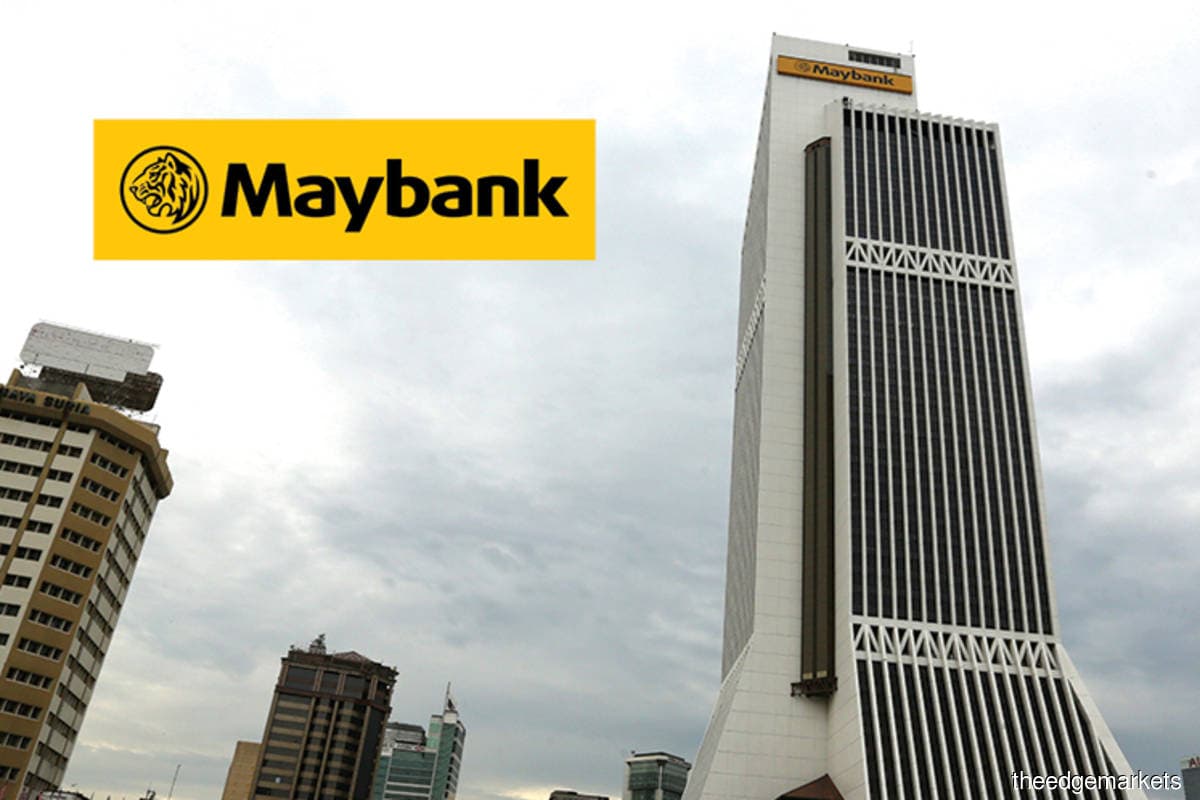
KUALA LUMPUR (Aug 22): Malayan Banking Bhd (Maybank) has established its Scope 3 financed emissions baseline and identified a transition strategy that will shape its future business portfolio, which it said in a statement on Monday (Aug 22) makes it the first bank in Malaysia to do so.
"This brings the bank a step closer to its target of net zero carbon equivalent position by 2050 as it begins to chart out its financed emissions reduction targets against timelines. For banks, financed emissions are indirect emissions related to loans, underwriting, investments and any other financial services.
"Financed emissions are a necessary input for climate scenario analysis, which is crucial in managing climate-related transition risks and opportunities," it said.
Maybank group president and chief executive officer Datuk Khairussaleh Ramli said the establishment of the Scope 3 baseline financed emissions is a critical aspect of achieving a net zero carbon position, including an analysis of the main drivers of the emissions, designing a plan to reduce these emissions against a timeline, and implementing that plan.
"This exercise has allowed us to split our emissions by geographies, asset classes and sectors, which then allows us to focus our efforts on engaging with the customers that can have the greatest impact on reducing our financed emissions over the long term. Our next step is to engage and collaborate with our customers and key stakeholders including regulators and ministries to implement our transition strategy," he said.
Maybank adopted the "Global GHG Accounting and Reporting Standard for the Financial Industry by Partnership for Carbon Accounting Financials" to establish the financed emissions baseline. The methodology focuses on calculating the emissions for six asset classes, namely Listed Equities & Corporate Bonds, Business Loans & Unlisted Equities, Project Finance, Commercial Real Estate, Mortgages and Motor Vehicle Loans.
The first three asset classes make up about 80% of the group's financed emissions, while the top five sectors that contribute the most to Maybank's financed emissions are power, oil and gas, agriculture, utilities and construction; 97% of Maybank's financed emissions come from its home markets — Malaysia, Singapore and Indonesia.
Maybank's transition strategy will focus on these top five sectors over the medium term.
"The aim will be to support customers to decarbonise, accelerate the roll-out of differentiated investments in sustainable financing and to lead capability- and solutions-building within the industry.
"In line with our mission of Humanising Financial Services, we will support our customers in their decarbonisation journey and provide sustainable and transition financing solutions while actively financing nature-based solutions and innovative technologies that can drive down emissions," said Khairussaleh.
According to Maybank, it has committed to achieving a carbon neutral position for Scopes 1 and 2 emissions by 2030, and net zero carbon equivalent position by 2050.
"The bank has already reduced 41.1% of its Scopes 1 and 2 emissions against its 2019 baseline as of June 30, 2022, with the commencement of the Malaysia Renewable Energy Certificates and the roll-out of various energy efficiency programmes. These programmes include installations of LED lighting across its operations, modernisation of air conditioning units as well as installation of solar panels at selected locations of its home markets," the bank's statement read.